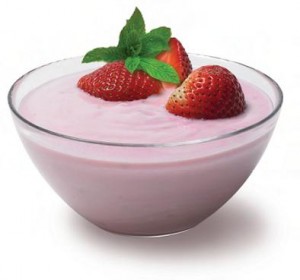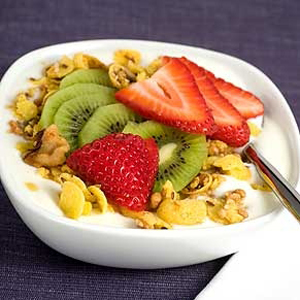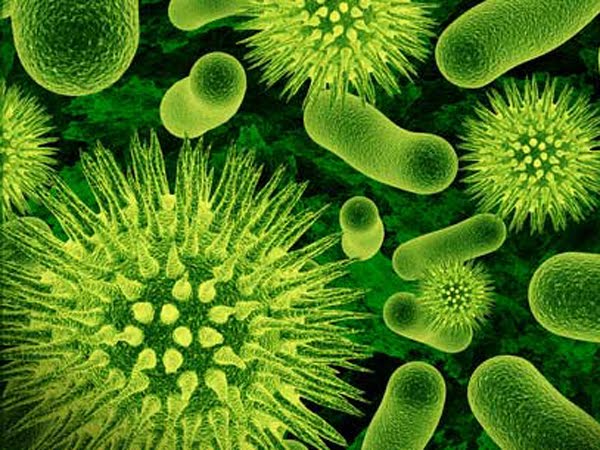 Written by: Alexandra Sifferlin @acsifferlin
Written by: Alexandra Sifferlin @acsifferlin
Here’s how to take care of your mind this new year
When it comes to New Year’s resolutions, our self-improvement efforts often focus on getting a better body. And we ignore that other, equally important part of our well being: our mental health.
Certain health hazards come with warnings, like cigarettes or alcohol, but less obvious ones, like loneliness and rejection, can take just as great toll, says psychologist Guy Winch, author of Emotional First Aid: Healing Rejection, Guilt, Failure and Other Everyday Hurts. Research shows social isolation is linked to shorter lifespans, yet we often ignore our emotional hygiene. “If our dental hygiene were as poor as our emotional hygiene, we’d be all gums and no teeth,” says Winch.
This year, prioritize your mind as well as your body, and make a resolution for better mental health. Here are some of Winch’s tips for prioritizing your emotional hygiene in the new year (and all year long).
- Pay attention to emotional pain. Psychological pain is much like physical pain—if something hurts for more than a few days, you need to do something about it. If you experience rejection, failure, or have a bad mood that lingers too long, don’t ignore it.
- Take action when you feel lonely. Chronic loneliness is devastating to your emotional and physical health because it increases your chances of an early death by 14%. Therefore, when you feel lonely, actions like reaching out to family members, connecting with friends or joining a dating website can help. Make a list of people who you’ve been close to in the past (use your phone book, social media friends, and email contacts) and reach out to one of them each day to chat or to make plans. It will feel scary and risky to take those kinds of steps, but that’s what you need to do to break the cycle of disconnection and end your emotional isolation.
- Stop your emotional bleeding. Psychological wounds tend to create vicious cycles that get worse with time. Failure can lead to feelings of helplessness that in turn can make you more likely to fail again in the future. To break the negative cycle of failure, find ways to gain control of the situation. Our minds are not as reliable as we tend to think, so ignore misleading feelings from your gut that tell you to give up, and focus on the aspects within your control, such as your preparation, planning, effort and execution.
- Protect your self-esteem. Your self-esteem is like an emotional immune system—it can increase your resilience and protect you from stress and anxiety. Good emotional hygiene involves monitoring your self-esteem and boosting it when it’s low. How? Avoid negative self-talk that damages it further—despite how tempting it might be to indulge these kinds of thoughts at times.
- 5. Revive your self-worth after a rejection. It’s very common to be self-critical after you get rejected. It’s an unfortunate reaction, since that’s when your self-esteem is already hurting. You’re most likely to call yourself names, list all your faults and shortcomings and generally kick yourself when you’re already down. The most important thing you can do after getting rejected is to treat yourself with the same compassion you would treat a good friend. Make sure your inner voice is kind, understanding and supportive.
- Battle negative thinking. When something upsetting happens, it’s natural to brood over it. But replaying the scene over and over in your mind will not give you much insight or closure. The best way to break a brooding cycle is to distract yourself with a task that requires concentration, like a game on your cell phone, a quick run or a crossword puzzle.
- Be informed on the impact of common psychological wounds and how to treat them. You know how to treat a cut or a cold, so you should also know how to treat rejection, failure, loneliness, guilt and other common emotional wounds. By becoming mindful about your psychological health and adopting habits of good emotional hygiene, you will not only heal your psychological injuries when you sustain them, but you will elevate your entire quality of life.









